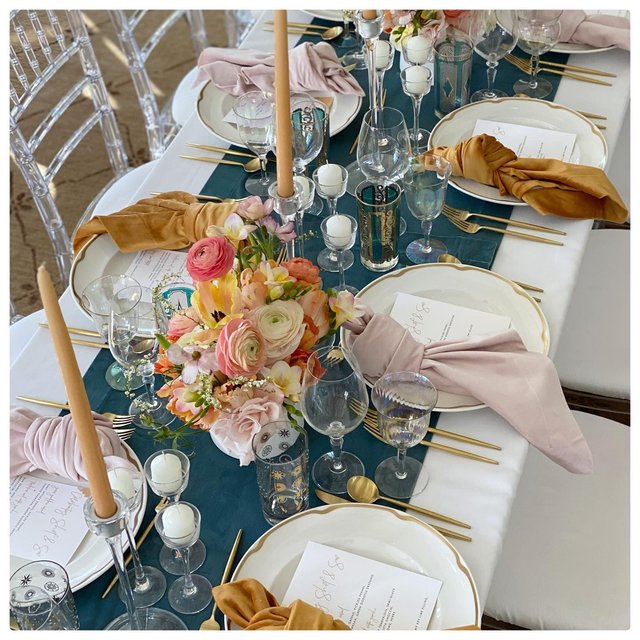Linen Fabric Advancements: Discovering Modern Trends and Creative Applications in Style and Fabric Industry
From lasting manufacturing techniques to advanced weaving technologies, the evolution of bed linen is reshaping the landscape of the textile industry. As we delve right into the realms of creative layout applications and the appearance of bed linen blends and hybrid textiles, a brand-new chapter unravels in which bed linen's role in future fabric advancements takes center phase.
Sustainable Practices in Bed Linen Manufacturing
Sustainable techniques in bed linen production have actually ended up being increasingly essential in the fabric sector's efforts to decrease ecological impact and advertise ethical sourcing approaches. Linen, a natural fiber stemmed from the flax plant, offers a variety of benefits such as breathability, biodegradability, and toughness. Nevertheless, traditional techniques of linen production can entail significant water intake, pesticide use, and energy-intensive procedures.
To deal with these obstacles, numerous fabric manufacturers are embracing lasting practices throughout the linen production process. This includes sourcing flax from natural farms that prevent dangerous chemicals and chemicals, executing water-efficient retting techniques to remove fibers from the flax stalks, and using environmentally friendly dyes and coatings. Additionally, some companies are spending in eco-friendly power sources to power their production centers and lowering waste through recycling and upcycling efforts.
Technological Innovations in Linen Weaving
With the growing emphasis on lasting techniques in bed linen production, the textile market is now observing a rise in technical advancements particularly focused on revolutionizing the art of linen weaving. These developments are reshaping the method linen materials are created, supplying raised performance, top quality, and creativity in weaving techniques.
Among the vital technical developments in linen weaving is the integration of computerized looms. These advanced looms are equipped with software that enables complex and complex designs to be woven with precision. By digitizing the weaving process, manufacturers can achieve better uniformity and accuracy in their linen fabrics.
Furthermore, advancements in thread spinning modern technology have actually allowed the production of finer and even more sturdy linen yarns - table cloths. This leads to softer and smoother bed linen materials that maintain their top quality even after several uses and laundries
In addition, the growth of eco-friendly dyeing procedures and surfaces for linen textiles is getting traction. These sustainable practices not just decrease the ecological effect but additionally deal with the raising consumer demand for fairly produced fabrics.
Creative Design Applications for Bed Linen
Innovative creative techniques are increasingly shaping the imaginative design applications for linen in the fabric sector. Linen's all-natural visual charm and capacity to blend with other materials make it a favorite option for developing distinct garments and accessories that provide to the eco mindful customer.
In addition, designers are try out bed linen in home decor, utilizing its durable and breathable nature to craft elegant furnishings such as curtains, bed linen, and furniture. The texture and drape of bed linen bring a feeling of sophistication and comfort to indoor areas, adding a touch of beauty to contemporary homes.

Linen Blends and Crossbreed Fabrics
:max_bytes(150000):strip_icc()/sage-teddy_46-7e12be353dfc4e69b1afc52bf5af2820.jpg)
Hybrid materials, on the other hand, take the concept of mixing a step better by integrating additional components such as metallic strings, recycled materials, or conductive fibers. These innovative textiles not only broaden the design opportunities but additionally introduce useful elements like conductivity, antimicrobial buildings, or improved durability. Crossbreed fabrics are significantly read being used in numerous markets, consisting of fashion, indoor design, and technological fabrics, where the demand for multifunctional products is on the increase.
Bed linen's Function in Future Fabric Innovations

In the world of future fabric innovations, linen is expected to be a principal in the development of advanced practical materials. Developers and scientists are exploring ways to enhance linen's intrinsic top qualities via technical advancements, such as incorporating smart textiles, nanotechnology, and performance finishes. These developments aim to raise bed linen's performance characteristics, making it appropriate for a wider series of applications, from activewear to safety garments.
Additionally, the mix of linen with other natural or synthetic fibers opens up endless opportunities for developing unique fabrics with one-of-a-kind properties and functionalities. By leveraging bed linen's features and discovering ingenious blends, the textile industry is poised to present amazing advancements that cater to evolving consumer demands and sustainability requirements.
Conclusion
In final thought, the exploration of lasting practices, technological advancements, innovative style applications, linen blends, and its duty in future fabric developments highlight the constant advancement of bed linen fabric in the contemporary style and textile market. With a focus on innovation and creative thinking, the convenience and green nature of linen make it a valuable product for designers and suppliers alike, leading the way for additional developments and innovations in the field of fabrics.
As we dig right into the realms of imaginative style applications and the appearance of linen blends and hybrid textiles, a new phase unfolds in which linen's duty in future textile technologies takes center phase.
Checking out the blend of linen with various other fabrics has actually led to the emergence of ingenious blends and crossbreed textiles in the modern textile market. Bed linen blends provide an unique combination of the features of linen with find more those of various other fibers, resulting in fabrics that possess boosted homes such as raised longevity, boosted draping, and lowered wrinkling.The evolution of linen blends and crossbreed textiles has set the phase for Bed linen to play a pivotal function in driving future fabric technologies.In the realm of future textile technologies, bed linen is expected to visit our website be an essential gamer in the growth of advanced useful materials.